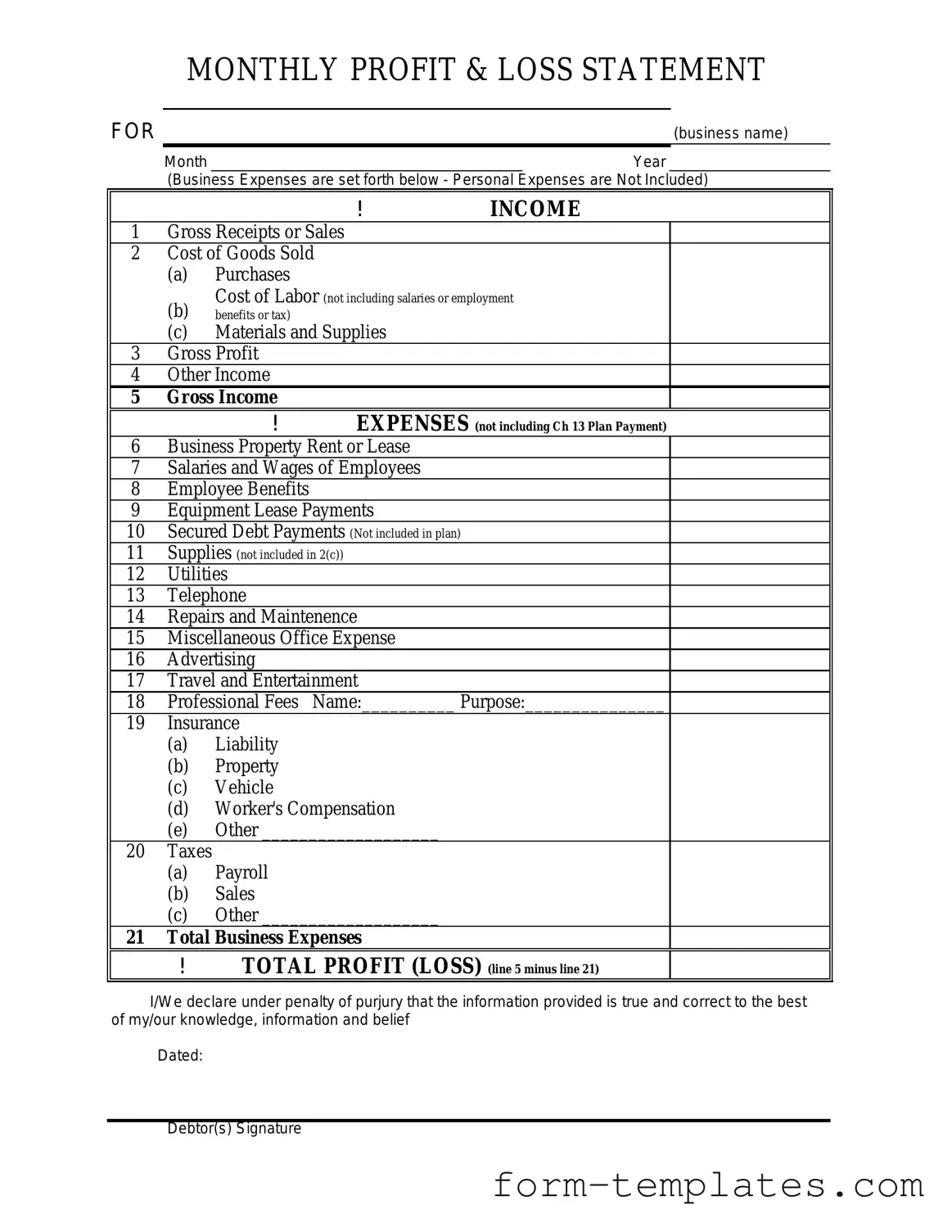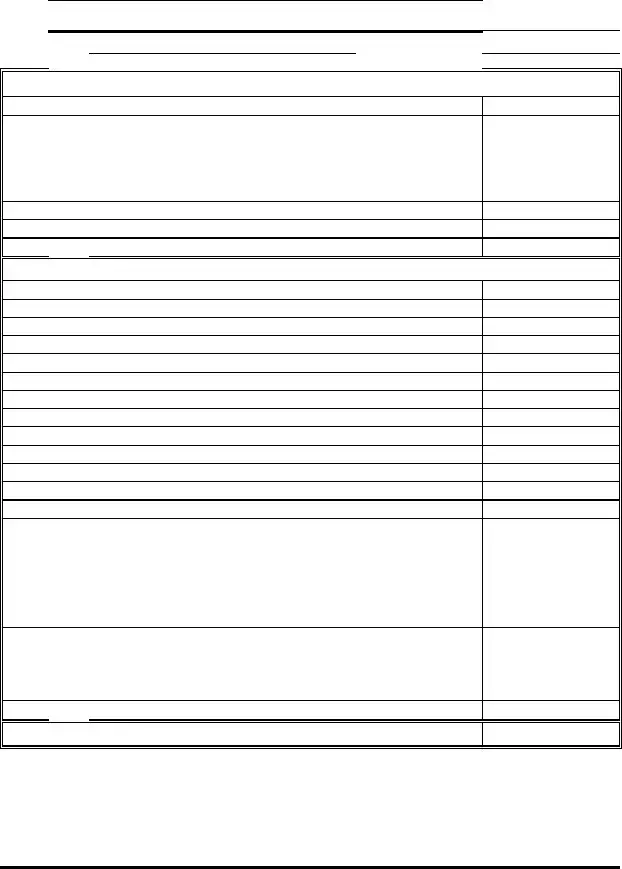A Profit and Loss form, also known as an income statement, summarizes a business's revenues, costs, and expenses over a specific period. This document helps business owners understand their financial performance, indicating whether they made a profit or incurred a loss during that time frame.
The Profit and Loss form is crucial for several reasons:
-
It provides a clear picture of financial performance.
-
Investors and lenders often require this information to assess the viability of a business.
-
It helps in making informed decisions regarding budgeting and forecasting.
-
Tracking performance over time can identify trends and areas for improvement.
A standard Profit and Loss form includes the following sections:
-
Revenue:
Total income generated from sales or services.
-
Cost of Goods Sold (COGS):
Direct costs attributable to the production of goods sold.
-
Gross Profit:
Revenue minus COGS.
-
Operating Expenses:
Costs incurred in running the business, such as rent, utilities, and salaries.
-
Net Profit or Loss:
The final figure after subtracting total expenses from total revenue.
The frequency of completing a Profit and Loss form can vary based on the business's needs. Many businesses prepare this statement monthly or quarterly to monitor performance closely. Others may choose to do it annually. Regular updates can help identify trends and inform strategic decisions.
Several stakeholders can benefit from reviewing a Profit and Loss form, including:
-
Business owners seeking to understand their financial health.
-
Investors looking for insights into profitability.
-
Lenders assessing risk before providing financing.
-
Accountants and financial advisors who need to analyze the company's financial situation.
A Profit and Loss form is often used to report income and expenses when filing taxes. It provides a detailed account of earnings and costs, which can help determine taxable income. Keeping accurate records of this information can simplify the tax filing process and ensure compliance with tax regulations.
When preparing a Profit and Loss form, consider avoiding these common mistakes:
-
Failing to categorize income and expenses correctly.
-
Not including all sources of revenue.
-
Overlooking seasonal fluctuations in income and expenses.
-
Neglecting to update the form regularly.

